
You normally wouldn’t associate a sleeping disorder with elite athletes. Maybe once their playing career is over, but not when they’re at the peak of their physical performance. Sleep apnea is a disorder in which the breathing is paused, causing interrupted sleep and low oxygen levels which could lead to hypertension, heart disease and mood and memory problems. But did you know that when athletes are at their fittest is when sleep apnea is at it’s most dangerous? Unfortunately this isn’t a new discovery, but it’s something that deserves more attention.
Last week was National Sleep Awareness Week. From March 5th through the 11th it was the goal of the National Sleep Foundation to promote the importance of sleep. The Centers for Disease Control and Prevention, the CDC, agrees.
Persons reporting sleeping <7 hours on average during a 24-hour interval are more likely to report unintentionally falling asleep during the day at least 1 day out of the preceding 30 days (46.2% compared with 33.2%) and nodding off or falling asleep at the wheel during the previous 30 days (7.3% compared with 3.0%) (3). Frequent insufficient sleep (14 or more days in the past 30 days) also has been associated with self-reported anxiety, depressive symptoms, and frequent mental and physical distress (4).
But how is it potentially more dangerous for athletes with sleep apnea? For starters most people never even realize they have the condition. But the unawareness is only part of it. With athletes, their heart never gets a break. Their athletic activity is pushing their heart during their waking hours, during sleep the heart should be resting. With sleep apnea the heart never gets the down time it needs.
Former NBA All Star Shaquille O’Neal has been active in raising awareness for sleep apnea, something he currently suffers from. Former Oakland Raider JaMarcus Russell says that sleep apnea was the contributing factor to many of his NFL struggles. Former San Diego Chargers Aaron Taylor and Rolf Benirschke have also suffered from the condition. When NFL Hall Of Famer Reggie White died, it was reported that a sleep apnea machine (CPAP) was at his bedside, unused.
Make sure to check the links above for more information on sleep apnea, and you can also check out this video from Dr. Jonathan Greenburg, DDS, who is the founder, CEO and president of Snore No More. He was also just named the Director of Sleep Apnea and Snoring for the 11 Prospice Medical Centers which are located in California.


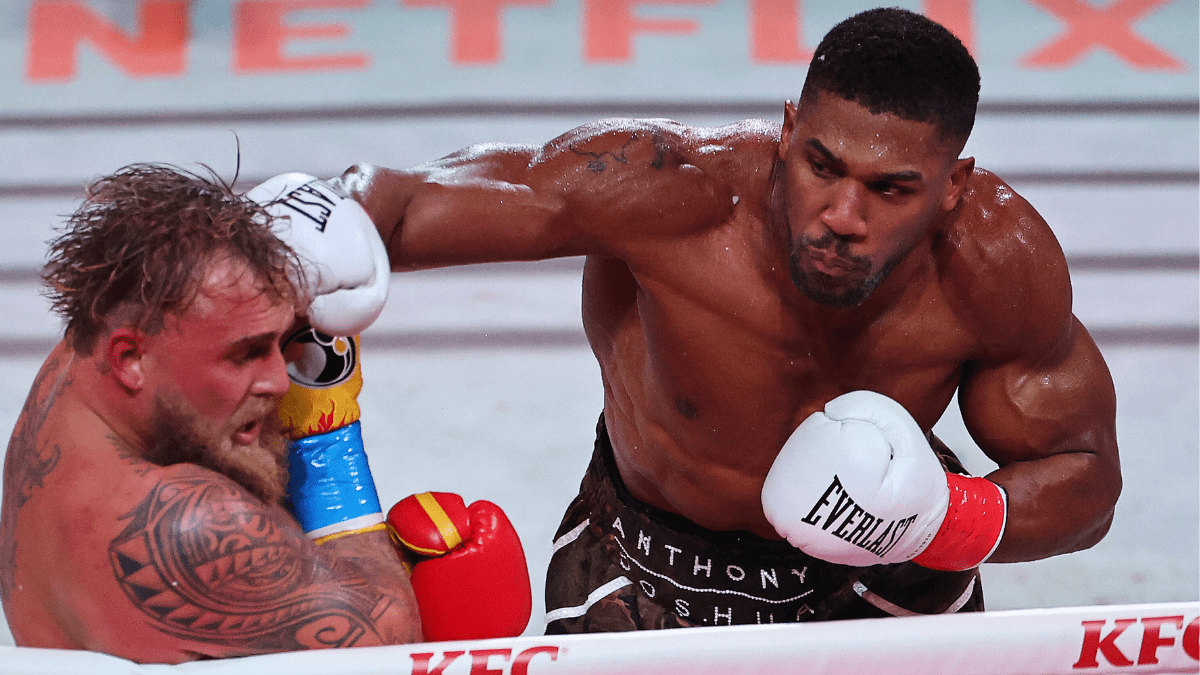
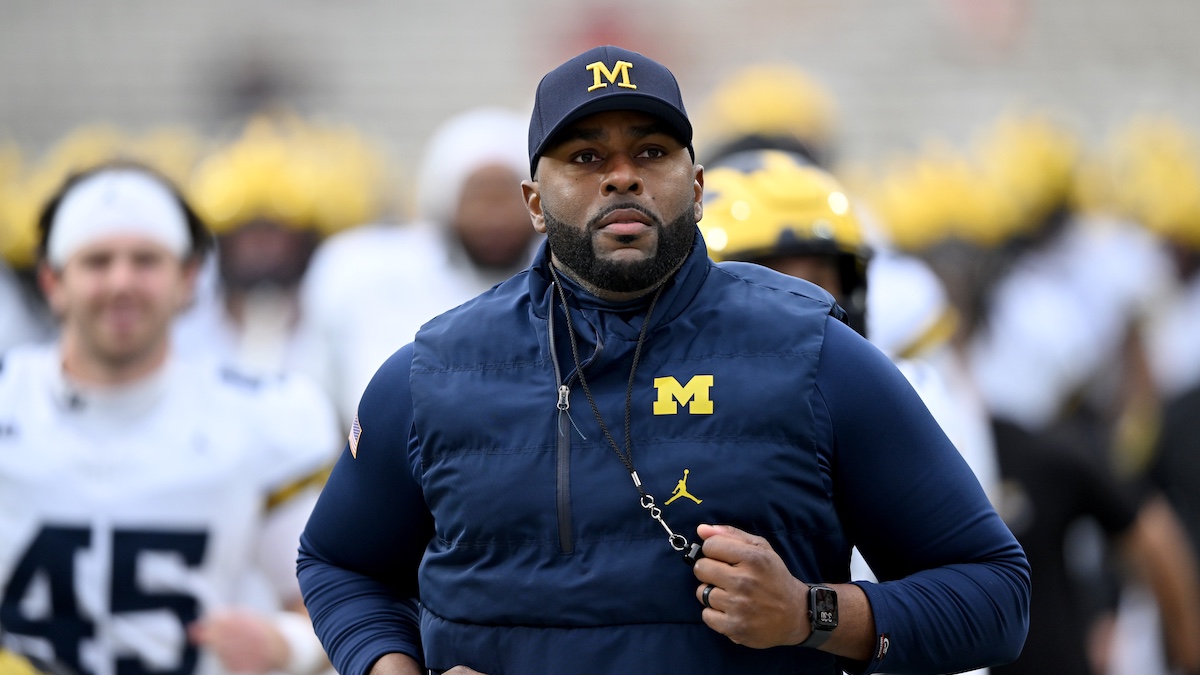
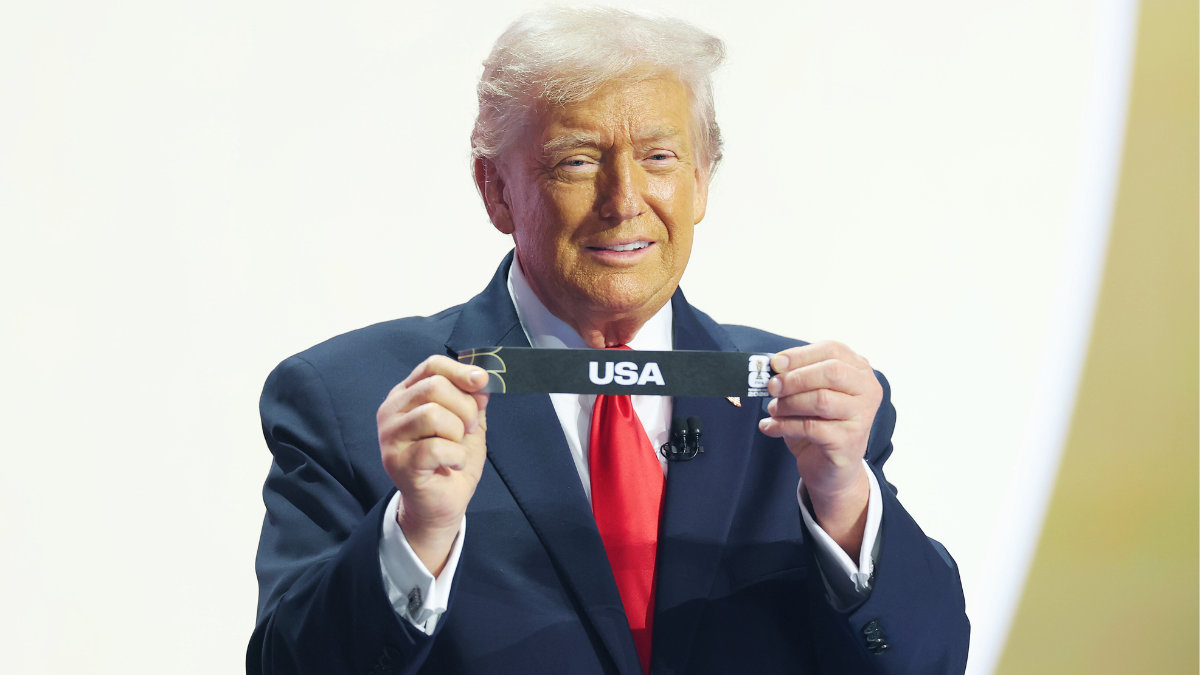
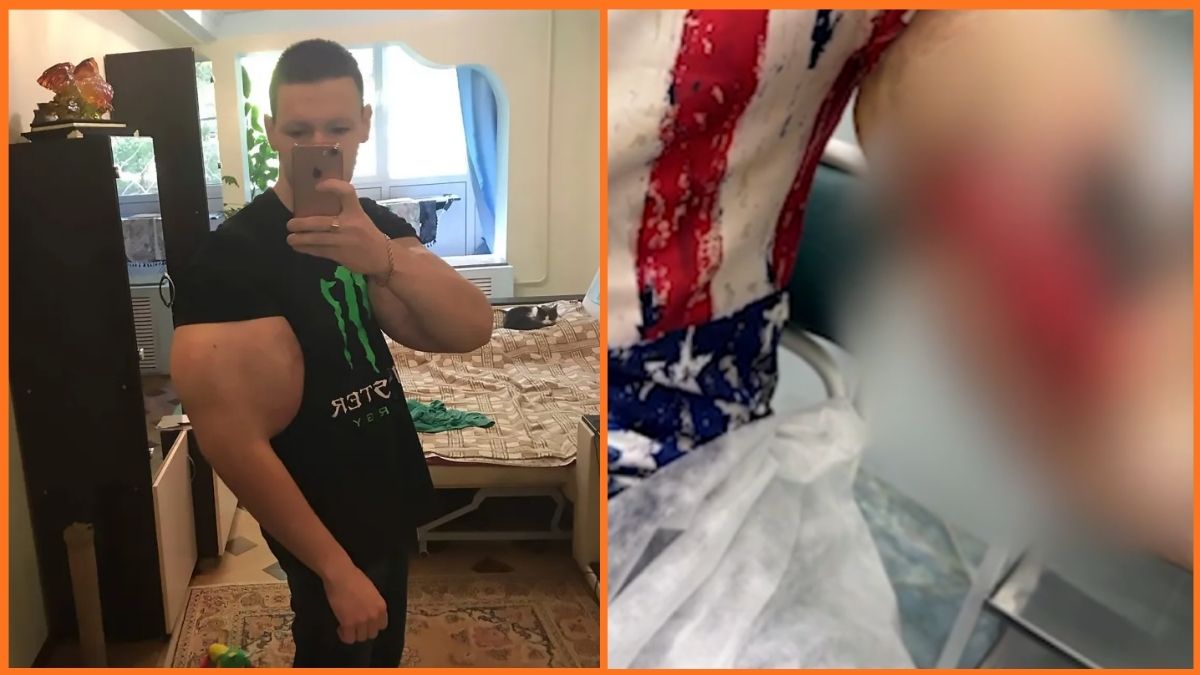
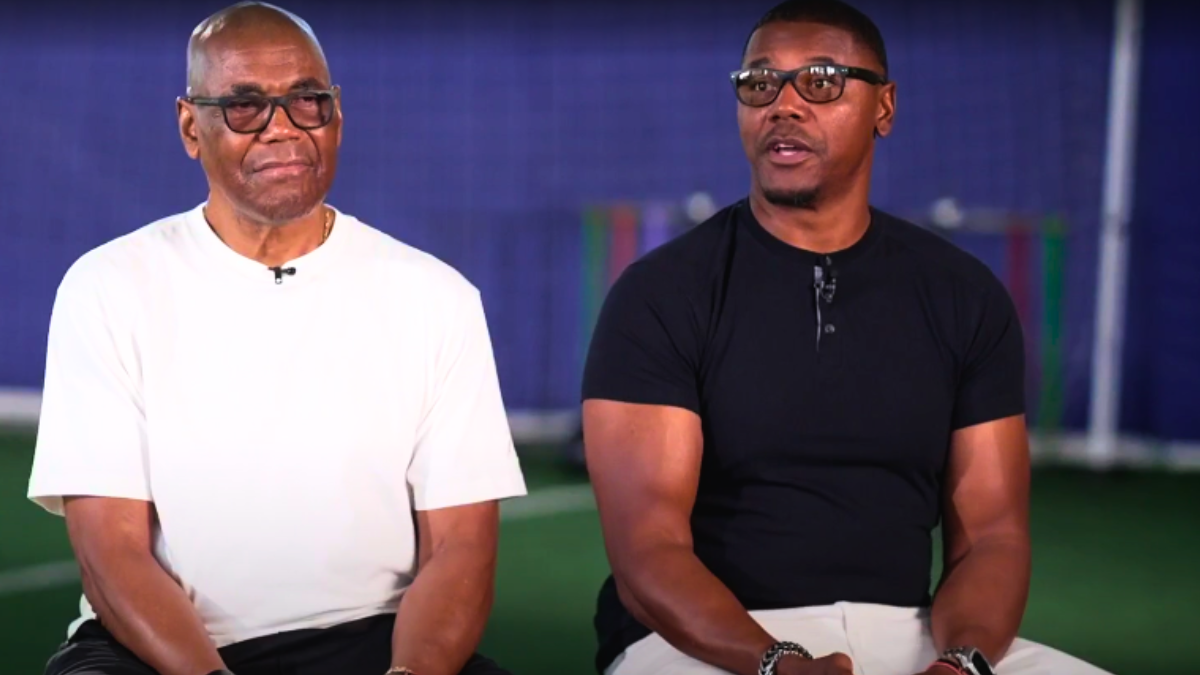
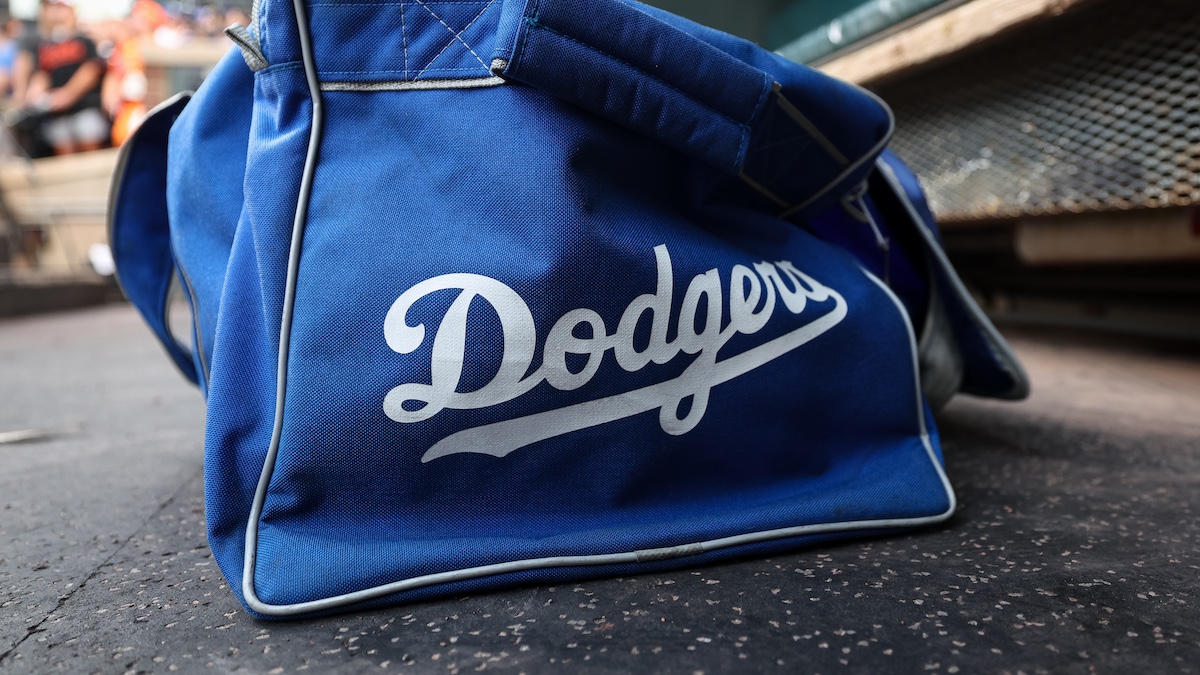
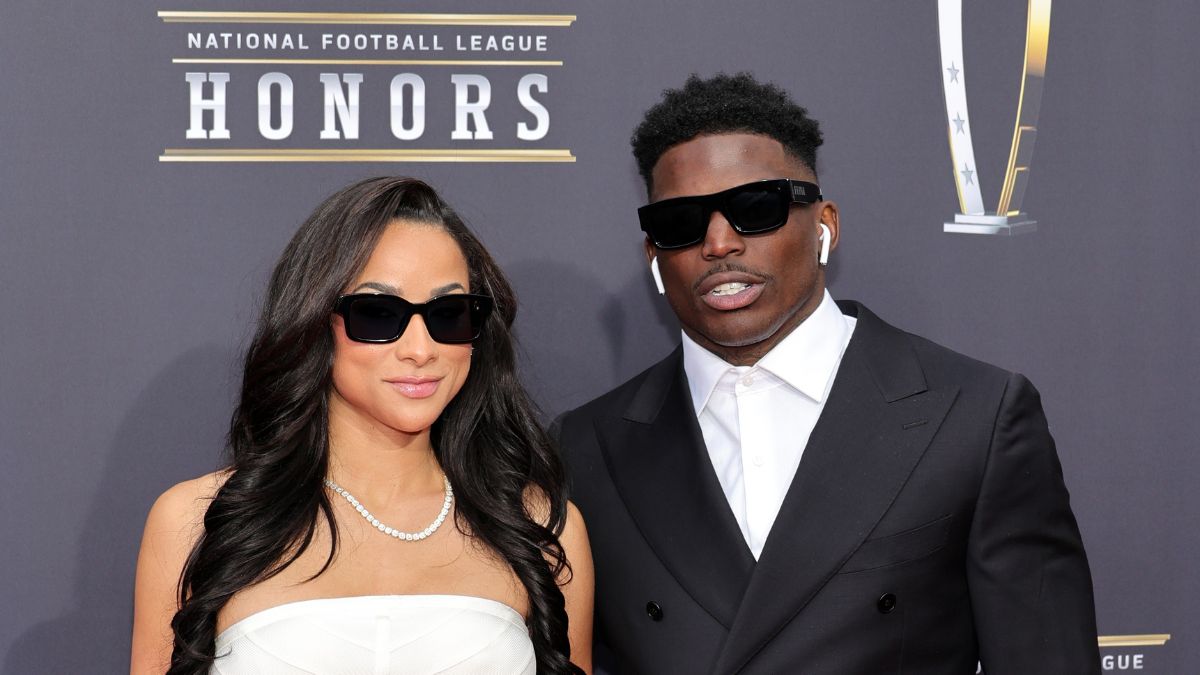
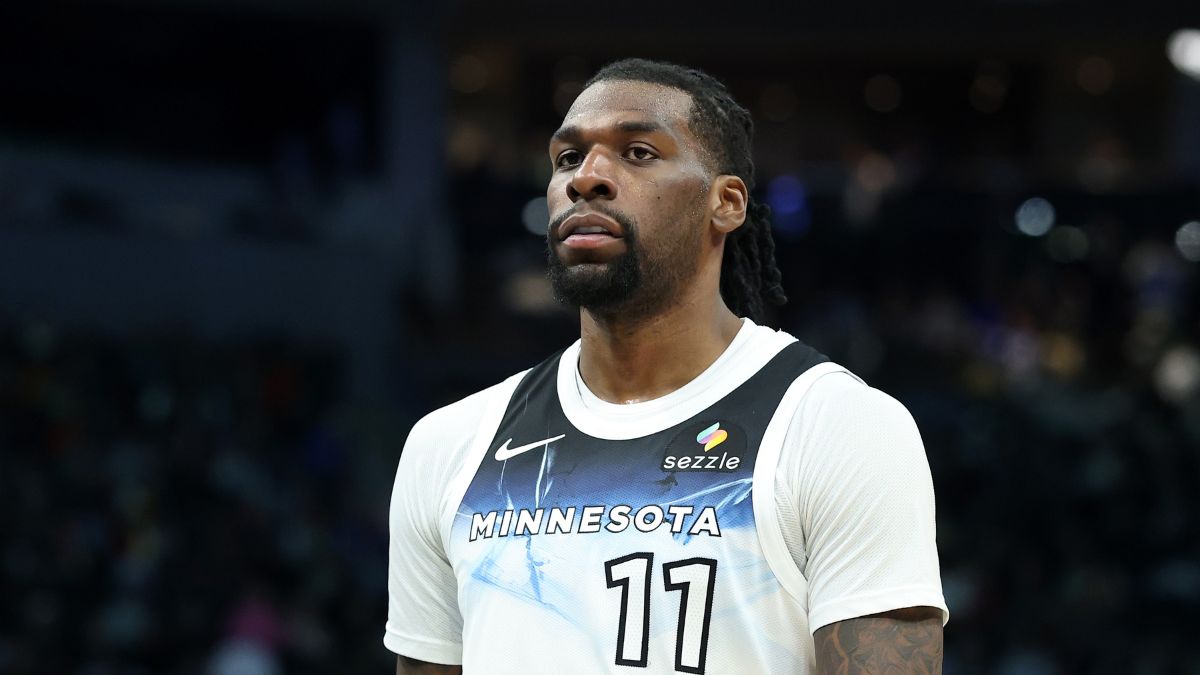
Published: Mar 12, 2012 07:02 pm